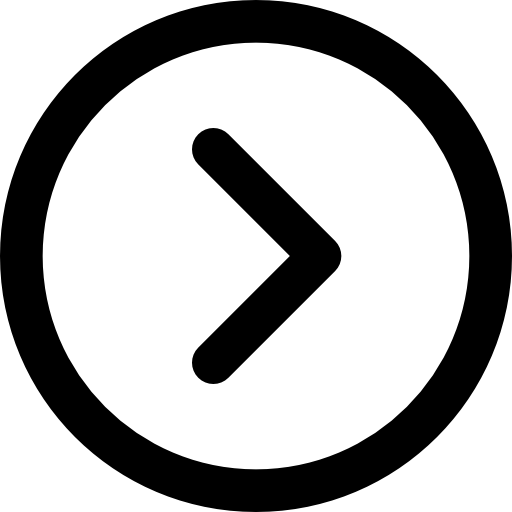Events relating to the roman empire
The Visigoths, after twenty years of destructive wandering, settle in southwest France as Roman federates
Halted by a Roman army in their push southwards, the Franks settle in the Roman province of Belgica, around Tournai
Gaiseric captures Carthage and makes it his base for Vandal raids across the Mediterranean
Attila and the Huns invade Gaul but are defeated, somewhere near Troyes, by a Roman army supported by Visigoths and Burgundians
Attila invades and ravages northern Italy, but turns back before reaching Rome - possibly influenced by the diplomacy of Leo I
Gaiseric and the Vandals enter Rome and sack the city, but their violence is perhaps restrained by Leo I
The tribal leader and mercenary Odoacer becomes king of Italy - an event often taken as defining the end of the Roman empire in the west
Pope Stephen II anoints Pepin III and his two sons (one of them Charlemagne) in the abbey church of St Denis
On the death of his brother, Charlemagne inherits the entire kingdom of the Franks
In St Peter's in Rome, on Christmas Day, pope Leo III crowns Charlemagne emperor - supposedly to Charlemagne's surprise

Pope Leo III consecrates Charlemagne's new palace chapel in Aachen, modelled on San Vitale in Ravenna
The imperial coronation of Otto I by Pope John XII in St Peter's puts in place the formal role of a Holy Roman emperor
Count Radbot builds himself a 'hawk's castle' or Habichstburg, near Zurich, from which the Habsburg dynasty takes its name
Conrad II is elected as the German king, begining the dynasty variously known as Franconian or Salian
Pope Gregory VII decrees that only the church may make ecclesiastical appointments, thus initiating the investiture controversy between pope and emperor
The emperor Henry IV stands as a penitent outside the pope's castle at Canossa, so as to be released from excommunication.
Conrad III, of the Hohenstaufen family, is elected German king - a title which remains in the family for more than a century, bringing with it that of Holy Roman emperor

In feudal France and Germany Charlemagne is by now venerated as a saint
Frederick Barbarossa becomes king of Germany and Holy Roman emperor, greatly extending the power of the empire during a long reign
The three-year old Frederick II has a claim to the thrones of both Sicily and Germany on the death of his father, the emperor Henry VI
Frederick II is crowned Holy Roman emperor by a somewhat reluctant pope, Honorius III
The death of the last Hohenstaufen ruler, Conrad IV, leaves a vacancy on the German throne which is not filled for nineteen years
The Bohemian prince Otakar II, ruler also of Austria, extends his territories after defeating the Hungarians at Kressenbrunn
The period without a German king, known as the Great Interregnum, ends with the election of a Habsburg prince, Rudolf I
At Dürnkrut Rudolf I defeats and kills Otakar II, his rival for Austria - thus bringing the Austrian territories into the Habsburg domain








